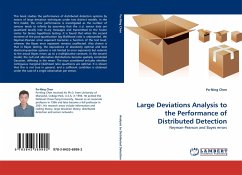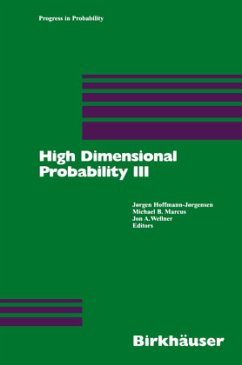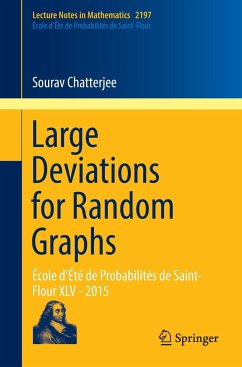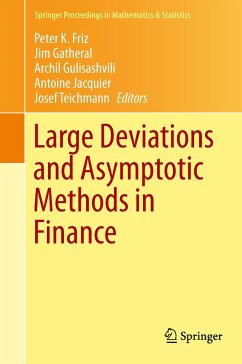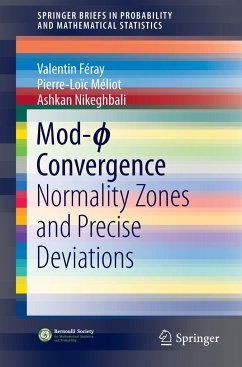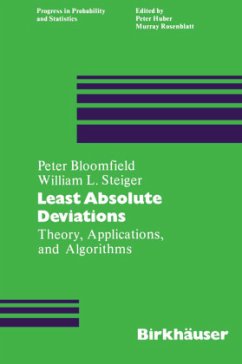
Squared Deviations
Versandkostenfrei!
Versandfertig in 6-10 Tagen
23,99 €
inkl. MwSt.

PAYBACK Punkte
12 °P sammeln!
Please note that the content of this book primarily consists of articles available from Wikipedia or other free sources online. In probability theory and statistics, the definition of variance is either the expected value (when considering a theoretical distribution), or average value (for actual experimental data), of squared deviations from the mean. Computations for analysis of variance involve the partitioning of a sum of squared deviations. An understanding of the complex computations involved is greatly enhanced by a detailed study of the statistical value: operatorname{E}( X ^ 2 ). It i...
Please note that the content of this book primarily consists of articles available from Wikipedia or other free sources online. In probability theory and statistics, the definition of variance is either the expected value (when considering a theoretical distribution), or average value (for actual experimental data), of squared deviations from the mean. Computations for analysis of variance involve the partitioning of a sum of squared deviations. An understanding of the complex computations involved is greatly enhanced by a detailed study of the statistical value: operatorname{E}( X ^ 2 ). It is well-known that for a random variable X with mean and variance 2: sigma^2 = operatorname{E}( X ^ 2 ) - mu^2 Therefore operatorname{E}( X ^ 2 ) = sigma^2 + mu^2.




